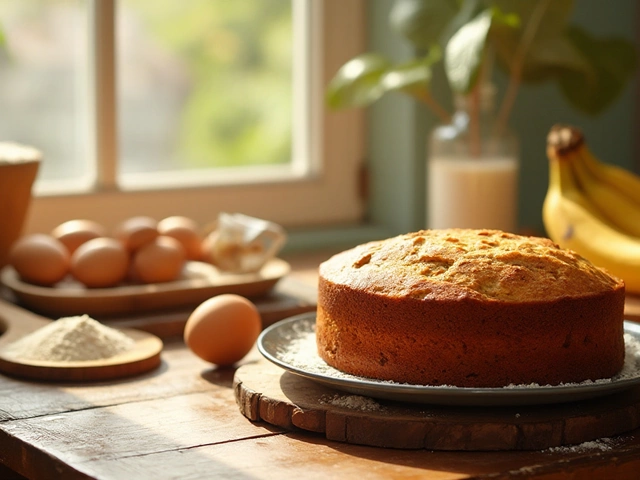Baking History: Sweet Stories Behind Classic Desserts
Ever wonder why your favorite treat tastes the way it does? Knowing the story behind a recipe adds a little extra flavor. On this page we’ll walk through the origins of the desserts you see on our tag, from fudge to wedding cakes. Grab a notebook – the facts are easy to use in the kitchen.
Origins of Popular Sweet Treats
Fudge first appeared in the late 1800s when American cooks started boiling sugar, butter, and milk to a soft‑ball stage. Hitting that temperature gives fudge its creamy texture – a trick you can master with a candy thermometer.
Tiramisu comes from the Veneto region of Italy. The name means “pick me up” because the coffee and cocoa give a quick energy boost. Original versions used ladyfingers soaked in espresso and a light mascarpone cream.
Cannoli were born in Sicily as street food for feasts. The shell is fried until crisp, then filled with sweet ricotta that’s often mixed with chocolate chips or candied fruit.
The most eaten cake in the world is the simple sponge layered with buttercream – a recipe that spread from Europe to every corner of the globe during the 20th century.
Wedding cakes earned the name “bridal cake” because early English weddings used fruitcakes stacked high. Today we call them wedding cakes, but the tradition of multiple tiers and sugary decorations still traces back to those early feasts.
How History Influences Today’s Baking
Understanding the soft‑ball stage helps you avoid grainy fudge. If you’re at altitude, raise the temperature a few degrees – the water boils faster up high.
When you make tiramisu, remember the original coffee‑only soak. Adding too much liqueur can mask the delicate flavor that made the dessert famous.
For cannoli, the key is a hot oil that’s just right – too cool and the shells get soggy, too hot and they burn. A quick test with a small piece of dough tells you when the oil’s ready.
Gluten‑free bakers often struggle with dense cakes. The history shows that wheat flour gave structure, so swapping in a blend of rice, tapioca, and xanthan gum can mimic that lift.
Birthday cake alternatives, like dessert bars or fruit tarts, grew out of the desire for less sugary, more portable treats. They’re perfect when you want something different but still celebratory.
Even modern trends like “dirty vegan” snacks borrow from the indulgent sweets of the past, just with plant‑based ingredients. Knowing the original recipes lets you tweak them without losing the comfort factor.
All the posts on this tag give you a shortcut to that history. The fudge temperature guide, the tiramisu origin article, and the cannoli story each pack practical tips with a bite of backstory.
Use those tips next time you bake. A small fact – like the exact soft‑ball temperature of 235°F – can turn a good fudge into a great one. Another – knowing tiramisu was meant to be served chilled – prevents a soggy mess.
So next time you reach for a recipe, glance at the history first. It’s not just trivia; it’s a cheat sheet for better results.
Happy baking, and enjoy the sweet journey from past to plate!

Queen of Cakes: Who Holds the Crown in Baking?
Who's really called the queen of cakes, and why does it matter if you're into baking? This article breaks down where the title comes from, what cakes could claim the crown, and the people behind their fame. You'll also snag some solid baking tips and find out which cake deserves a spot in your kitchen lineup. It's not only about fancy titles—it's about flavor, skill, and what makes a cake legendary. Get ready to see cakes with new eyes—and maybe a hunger to try a recipe or two.
View More
Discovering the 4 Ancient Cookies: A Delicious Journey Through Time
Ever wondered what cookies were like in ancient times? Dive into the scrumptious past and discover the four classic cookies that have stood the test of time. From ancient Rome's appetizing creations to China’s sweet delights, these cookie recipes offer a delicious glimpse into history. Learn how these age-old treats were made and why they still delight our taste buds today. Explore tips on how to recreate these ancient wonders in your modern kitchen.
View More



